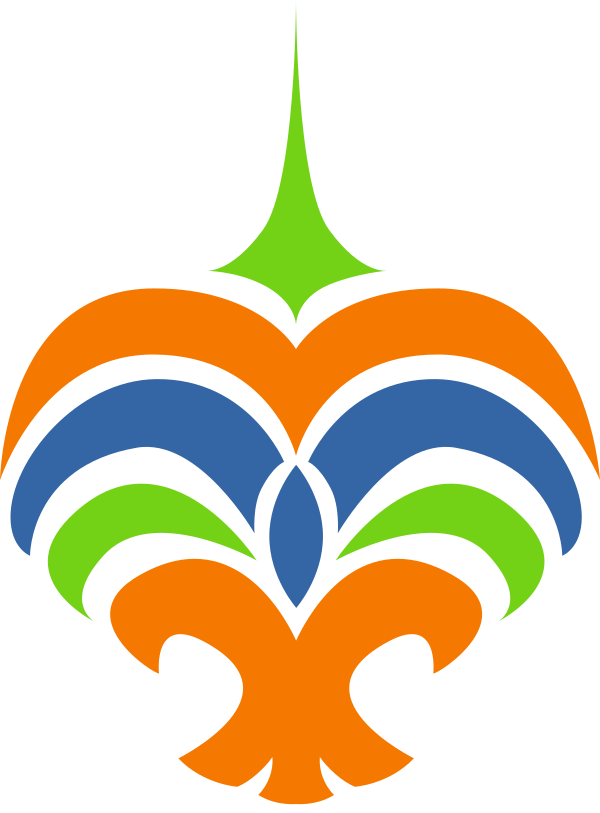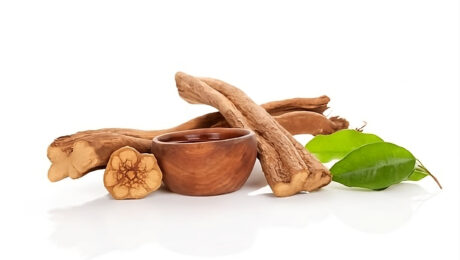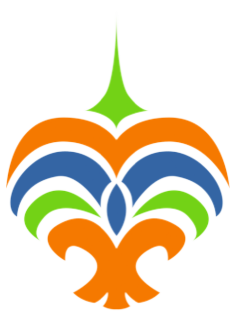Medicine, biochemistry, botanics and scientific information.
Kambo Medicine
💥Kambo is a powerful natural medicine for cleansing both the body and the mind, helping to strengthen the immune system, clarify intuition, clear the mind of overexposure to problems, and combat depression, anxiety, addictions, etc. 🐸 It’s a secretion from the Amazonian frog, Phyllomedusa bicolor, that contains a mixture of bioactive peptides. This peptide mixture has very powerful cleansing and fortifying effects on different physiological and psychological levels. A kambo healing session must be conducted by a well-trained healer who prioritizes the safety of the participant, knows how to manage the intense physical process, and considers any contraindications. A safe, supportive, and non-judgmental environment is mandatory, where the patients feel comfortable being vulnerable and undergoing the purge. ❤️We conduct all of our practices with profound respect for the medicine—the kambo frog, in this case—and the indigenous traditions from which they come. Our participants are physically and mentally prepared and receive guidance for integration and aftercare following the ceremony.
- Published in Science
Biochemistry of a Magical Potion
Ayahuasca is a medicinal, purgative, and entheogenic brew originating in the Amazon and used since ancient times by the indigenous tribes of Peru as a means of cleansing the body, mind, and spirit and connecting with the wisdom of nature.
Its composition consists mainly of a decoction of two plants. The Ayahuasca vine (Banisteriopsis Caapi), which gives the brew its name, and a second plant, usually Chacruna leaves (Psycotrya Viridis), which together result in a potion with powerful properties that activate the nervous system.
Banisteriopsis Caapi (Ayahuasca Vine)
Alkaloids:
Betacarbolines acting as reversible inhibitors of monoamine oxidase A (MAO-A): Harmine, Harmaline and Tetrahydroharmine.
Mechanism of Action:
Inhibits serotonin reuptake in the nervous system, contributing to a mood-modulating effect and interacts with other receptors, including benzodiazepine receptors, opioid receptors, dopamine receptors, and GABA receptors, producing a complex state of neurotransmission.
They prevent the enzymatic degradation of DMT, allowing it to reach the bloodstream and cross the blood-brain barrier to exert its visionary effects.
Psychotria Viridis (Chacruna Leaves)
Alkaloids:
N,N-Dimethyltryptamine (DMT): Is a potent neurotransmitter produced endogenously in the body by the pineal gland, during birth, death, trans and dreaming states of the mind. It’s found in the leaves of the Psychotria viridis (chacruna) or other chemically similar plant species like Diplopterys cabrerana.
Mechanism of Action:
DMT is a potent agonist at the 5-HT2A serotonin receptors, responsible for profound visionary effects and changes in consciousness.
DMT also interacts with other serotonin receptor subtypes (e.g., 5-HT1A, 5-HT2C), sigma-1 receptors (Sig-1R), and trace amine-associated receptor 1 (TAAR1).
- Published in Science


